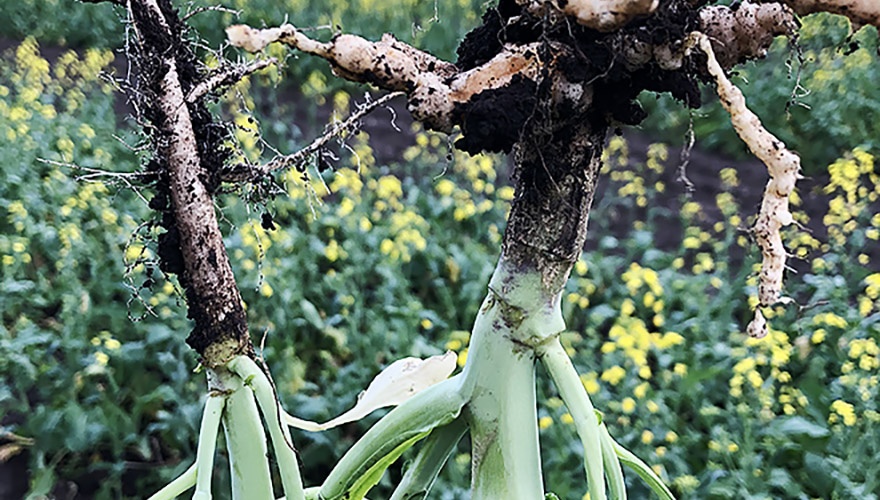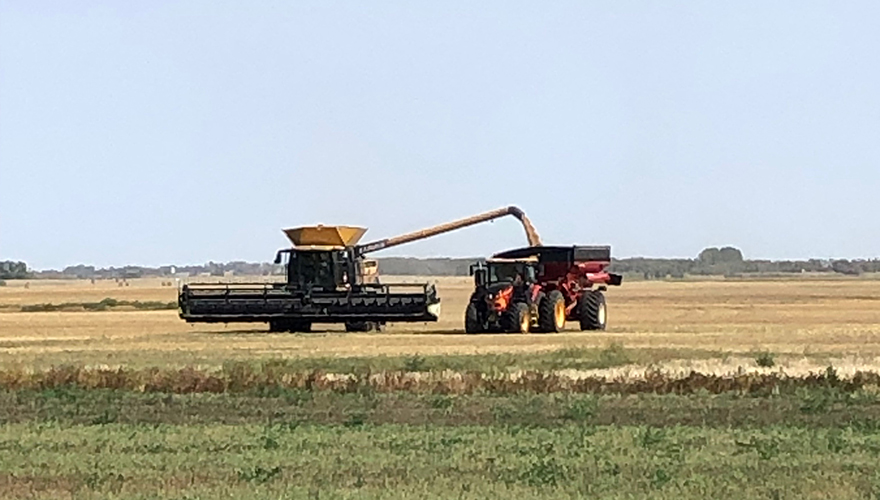Posted April 07, 2020 | By: Eric Snodgrass
Spring And Summer Weather Outlook
It wouldn’t be winter on the Canadian Prairies without some blasts of frigid arctic air pushing south and causing temperatures to drop to bitterly low levels.
While there was an early start to winter in the Prairie provinces with unusually cold weather in October and November, things improved after that. There were fewer long, cold stretches that often occur in mid-winter — thanks to a very strong and stable polar vortex which moderated winter weather in Western Canada.
Another interesting weather pattern was a split in the jet stream over the northern Pacific Ocean which resulted in a strong northwest flow through British Columbia in January and February.
As a result of that flow, the northern Rocky Mountains are packed with snow, and that’s good news for Alberta growers who depend on water from snowmelt-fed rivers, streams and aquifers to irrigate their crops.
In March, the jet stream pushed cold air from Alaska onto the Canadian Prairies and forecasting models indicate this pattern could persist further into April. That means the Prairies are likely to see average to cooler than average weather for a little while.
It’s too early to predict what kind of impact this will have on seeding dates across the Prairies, although it might be safe to say that an early start to the 2020 growing season likely isn’t in the works.
Recent summers in Western Canada have been generally hot and dry, and there are early signs that this could be the case again this year.
In the central Pacific, ocean temperatures started to cool off in March and the Pacific trade winds began to pick up speed as well. When there are strong trade winds and cooler water at the ocean surface, this tends to indicate a developing La Nina weather pattern.
La Nina summers tend to be hotter and drier than normal across much of the United States and Canada. Long-range weather forecasting models for North America are starting to suggest that June and July temperatures will be near to above average.
Starting in June, meteorologists will be keeping a close eye on ocean temperatures in the Pacific from the Gulf of Alaska all the way down the west coast of North America. If cooling ocean temperatures continue into the summer, this will increase the probability of another hot and dry growing season for the Canadian Prairies.
FEATURED LINKS
NEWSLETTER
Want to stay caught up in all things agriculture? Sign up for the newsletter and get all the latest news straight to your inbox.
Where Are All These Weeds Coming From?
Posted April 20, 2020





